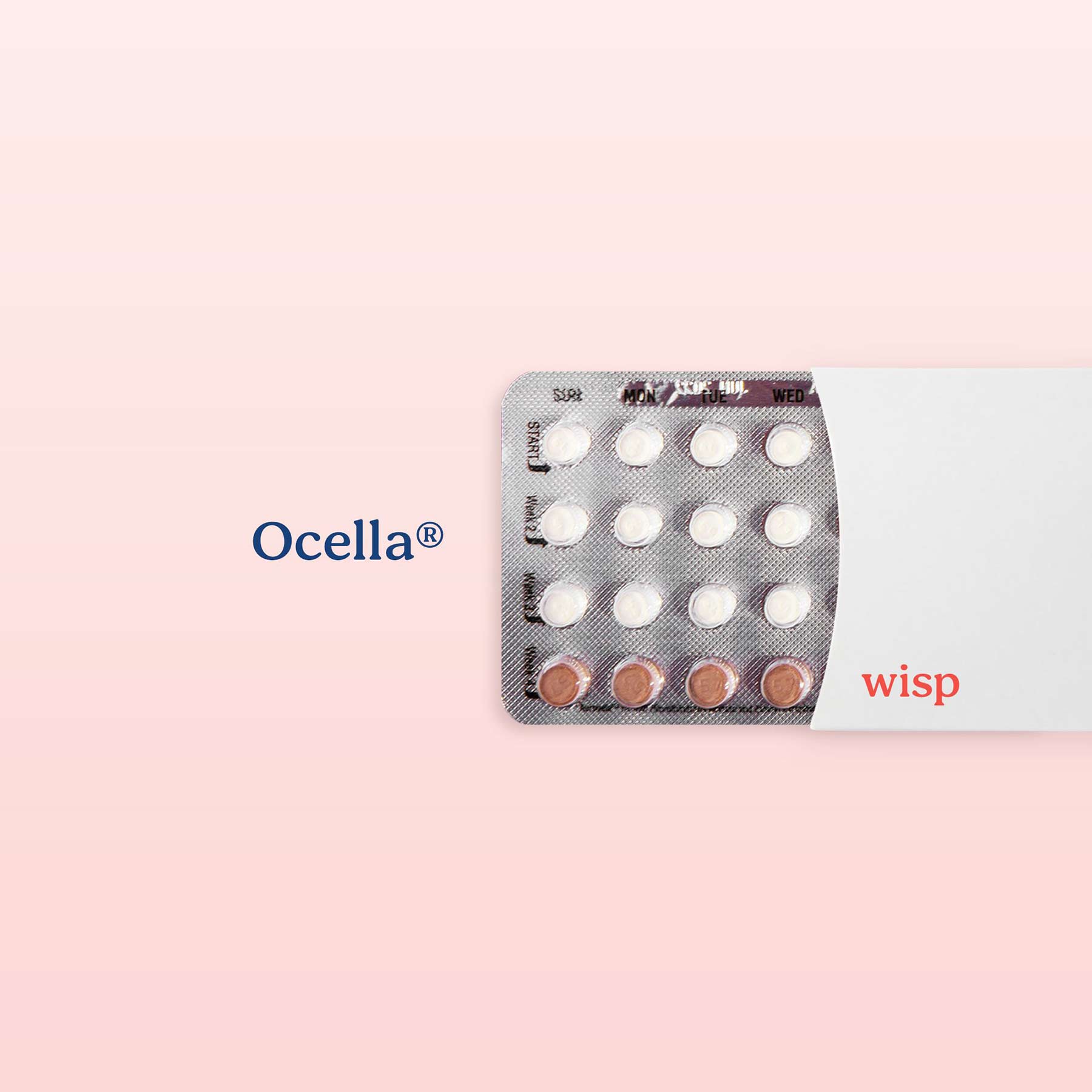
Queering Sex Education
By Olivia Ware
November 19, 2020
The Urgent Need for Accurate and Inclusive Sex Ed Standards in the United States
Did your school’s version of “Sex Ed” leave you feeling just as in the dark as before? I know mine did. On one breezy middle school afternoon, girls were separated from boys and gathered into the cafeteria where the PE teacher carted in a boxy tv and VCR. The awkward credits rolled, introducing today’s theme, and the last thing I really remember is a diagram depicting the inner workings of an erect penis appearing on screen—that’s when I began to lose vision. Feeling warm and faint, I was ushered to the back of the room and instructed to lie down on one of the long, communal cafeteria tables for the remainder of the lesson. Yes, I was that girl.
Is There a Lack of Sex Education in Schools?
Despite nearly blacking out in a sudden fit of prepubescent gay panic at the sight of animated anatomy, I wasn’t missing much. In the United States, standards for sex ed is a matter left to the state legislature.
As of 2017, data on sex ed legislation in the US ranges from troubling, to outright abysmal. Only thirteen states mandate that sex education be medically accurate. Thirteen states!
It gets worse. Regarding HIV education in Arizona, state law prohibits any positive portrayal or promotion of a “homosexual lifestyle.” In Oklahoma, “homosexual activity” is equated to being “responsible for contact to the AIDS virus.” For the record, people of any gender or sexual orientation are susceptible to contracting HIV. Furthermore, today HIV is no longer a death sentence, but a manageable condition.
Returning once more to the data, twenty-five states take a blanketed approach to sex education, relying on abstinence only as the official curriculum.
What is Abstinence-only Education?
I grew up in an abstinence-only state. Teaching safe sex, distributing contraceptives or demonstrating how to use them effectively, was prohibited by law. That’s right—my sex ed included neither mention of condoms, nor any other forms of birth control. And forget about the topic of consent, or how to respectfully channel one’s raging hormones during puberty. And the idea that sex is healthy and should be pleasurable? Not for this crowd either.
Instead of practical information, we were taught that sex should be saved for marriage, which at the time was a right reserved exclusively for heterosexual couples.
While abstinence is the only 100% effective method for preventing unwanted pregnancy and STI transmission, it is comically impractical in practice among humans. Expecting teens to remain abstinent until marriage instead leads to increased STI transmission rates, as teens experiment with everything but penetrative vaginal sex. Without proper education about the risk of transmission, STIs run rampant, passing during oral or anal sex and everything in between. Studies show that abstinence-only education also leads to elevated rates of teen pregnancy. It is clear that the willful conflation of exclusionary morality-policy and sex education is disastrous from a public health perspective.
Even if abstinence-only education worked, we’d end up with a population consisting of married couples (presumably straight) with zero practical education on how to engage in safe and pleasurable sex. Abstinence-only education sets up a dangerous model by de-prioritizing sexual communication, in favor of shame and confusion.
Further, abstinence-only education is damaging to the ongoing sexual health of students across the board, while leaving LGBTQ+ students out of the equation entirely. Contrary to abstinence-only creed, ignoring a group of people (or public health issues) does not make them disappear.
LGBTQ+ Inclusive Health Education
Of the stunningly few states that require comprehensive sex education—providing medically accurate information on a range of appropriate topics including relationships, contraception, abstinence, and disease prevention—fewer still are inclusive of identities outside the gender binary or varying sexual orientations.
Receiving adequate sex ed is even more critical to LGBTQ+ youth, having statistically fewer supportive adults available to talk to about matters of sexual health. Without LGBTQ+ inclusive sex ed to exemplify healthy relationships and role models, many students are left in the dark, or worse, develop life-long anxiety about their sexual health. In addition, LGBTQ+ kids are more likely to be bullied and struggle with low self-esteem or internalized homophobia, and therefore seek information elsewhere that may be inaccurate or harmful.
How is Queer Sex Ed Different than Standard Sex Ed?
It isn’t. Or at least, it shouldn’t be. Every human should be educated about the spectrum, function and vulnerabilities of human genitalia, regardless of what they’ve got between their legs.
Something to remember when considering sex (gay, straight, or otherwise) is that gender identity does not denote sexual orientation. Nor does sexual orientation determine sexual behavior—who you have sex with isn’t indicative of how you have sex. Basically, you can’t assume that someone does or likes something based on their gender or sexual orientation.
When considering how to engage in healthy sex, the same principles apply to everyone. No matter what you are into or who you are doing it with, there are a few universal considerations:
- Safety: Barrier methods of contraception are useful for more than just preventing pregnancy. They minimize the spread of STIs. Different barrier methods (think condoms, dental dams, latex gloves, etc.) can cater to various configurations of genitalia. Whether or not you are having penetrative sex of any kind (including if you are using sex toys), using barriers is a good idea. Whatever you are working with, there are ways to keep you and your partner(s) safe!
Now is a good time to check in about intimate partner violence. Domestic abuse, whether mental or physical, is often portrayed through the lens of heterosexuality. However, anyone can become entangled in toxic or unhealthy relationships. Regardless of gender, presentation, or sexual orientation, anyone can be either the perpetrator or victim of sexual violence. Having a history of trauma can perpetuate cycles of violence. If you are feeling unsafe in a relationship, help is available.
- Communication: I’ve said it before, and I will keep saying it—don’t just have sex, talk about it. Ask your partner(s) what they’re into, what intrigues them and what is off-limits. Practice STI disclosure. Be open to exploration while honoring boundaries. Just because you (or they) have been game for something in the past doesn’t mean it is always on the table. There should be a verbal component to engaging in sex. That may mean talking dirty, or getting totally nerdy! It doesn’t have to feel sexy. Be straightforward. Intimacy requires vulnerability. Figure out what works and what doesn’t. Talk it out.
- Consent: Speaking of communication, consent is mandatory! While this is a no-brainer, they don’t always teach it in school! Many state laws deny a person’s ability to give consent while intoxicated. Active, verbal consent is an absolute requirement before engaging in sexual acts. If you are in the middle of something and you feel a shift in the person you are with, ask whether they’d like to keep going, change it up, or cut it out. You are never too far in to back out. Consent is active and ongoing.
- Pleasure: Sex should feel good! It sounds simple, but sexual pleasure is too often associated with shame. Gender norms, social conditioning, and sexual stereotypes can also mess with our pleasure receptors.
Again, we must undo any perceived correlation between gender identity, sexual orientation, and sexual behavior. There is no masculine or feminine way of engaging sexually. No sex act is reserved for a particular sexual orientation. For example, vaginal penetration is neither the singular defining sex act for cishet couples (despite what middle school sex ed would have you believe) nor is it exclusive to them. Strap ons aren’t inherently queer. Straight dudes often enjoy anal stimulation.
Sexual stereotypes can be harmful and misleading. There is no gatekeeper delineating straight sex from queer sex. If it feels good (and all parties consent), it is good. So do whatever feels right to you.
Rethinking Sex Ed: If Not in Schools, Then Where?
Until comprehensive and inclusive sex ed is widely available in schools across the country, swaths of students are left with unanswered questions regarding their sexual health, orientation, and behaviors. Having been failed by parents and educators, many seek a sexual education elsewhere—either through peers, in media or online.
There is so much basic knowledge that I wish I’d known in my teens and early twenties, which I instead experienced in confusion. For one, both sexuality and identity are evolving. We are not the sum of our sexual experiences. There is no right way to be queer, no right way to have sex.
Today the internet exists. Ok, so the internet existed when I was in middle school too, but we weren’t using it for much beyond AOL Instant Messenger—do the letters “a/s/l” ring a bell?
Ah, the information age! It is easier than ever to find sexual health resources on the internet. You can even order birth control online. However, access to the world wide web poses a new slew of questions—are we getting the right information? In the place of comprehensive sex ed, too many adolescents rely on porn as a primary educator and “how-to guide” for sex. While porn can be a useful tool for exploring sexual fantasies and figuring out preferences, solely relying on porn to learn about sex leaves a gaping hole in understanding the intimacy and communication practices required for healthy and safe relationships.
Beyond basic mechanics, consent and pleasure need to be part of the conversation on healthy sexuality. Everybody deserves to have accurate and applicable information made available to them. Without comprehensive and inclusive sex education, the American relationship to sex will remain riddled with shame and misconduct.
Get Birth Control Medication Online

Levora® Birth Control (generic)
Starting at $15
Levora is similar to: Levora 28, Altavera, Amethia, Ayuna, Chateal, Chateal EQ, Kurvelo, Lillow, Marlissa, Nordette, Amethia and Portia-28

Ortho Tri-Cyclen Lo® Birth Control (generic)
Starting at $15
Similar to: Tri-Lo-Estarylla, Tri-Lo-Marzia, Tri-Lo-Mili, Tri-Lo-Sprintec, Tri-VyLibra Lo and TriNessa Lo

Yaz® Birth Control (generic)
Starting at $15
Similar to: Gianvi, Jasmiel, Lo-Zumandimine, Loryna, Nikki, Vestura



